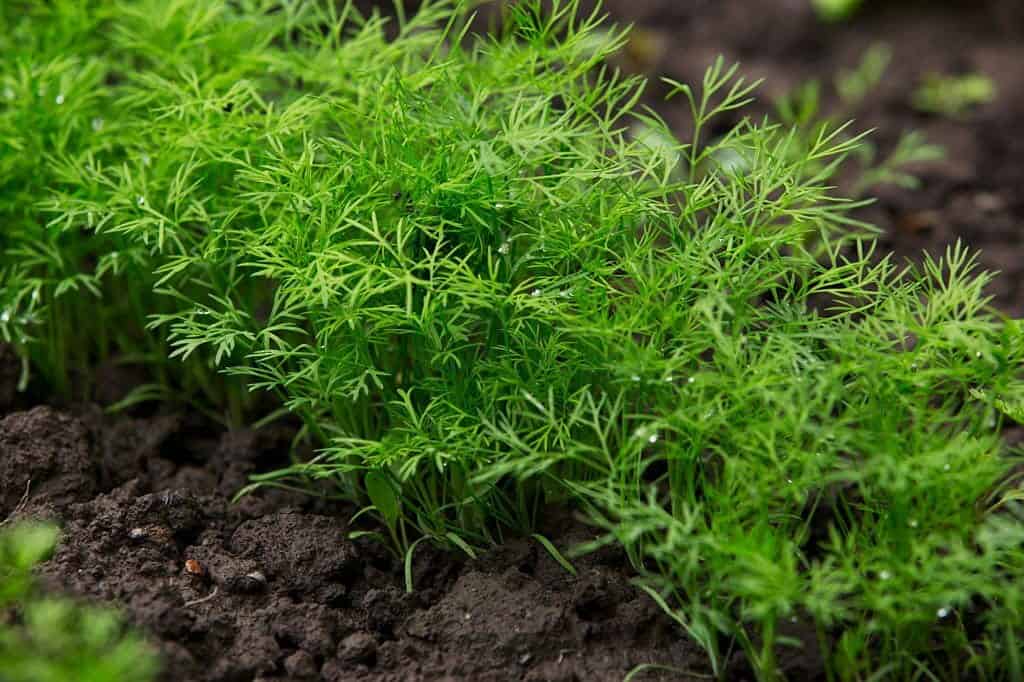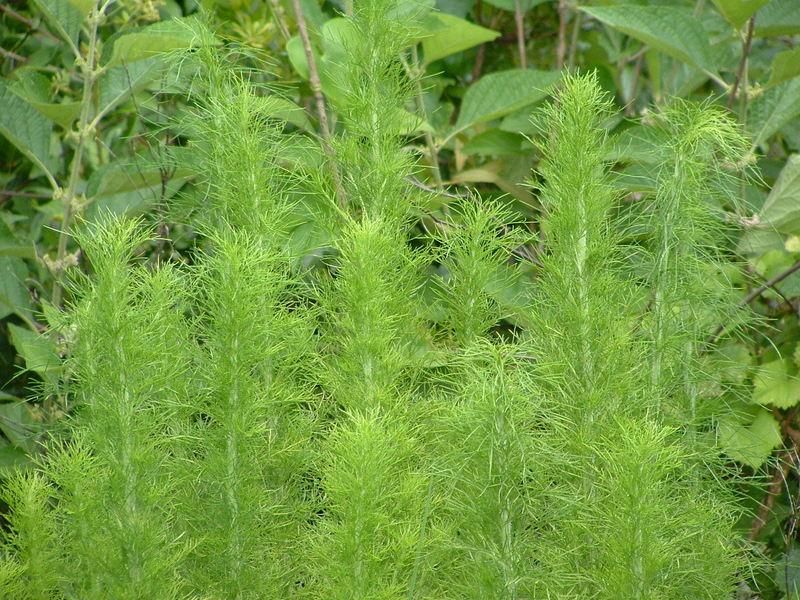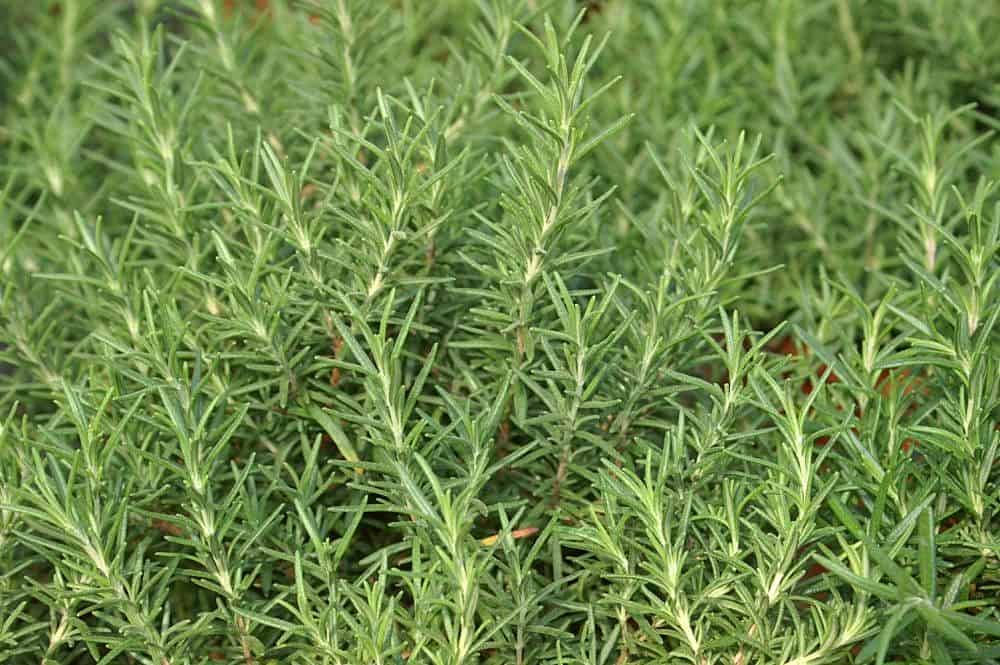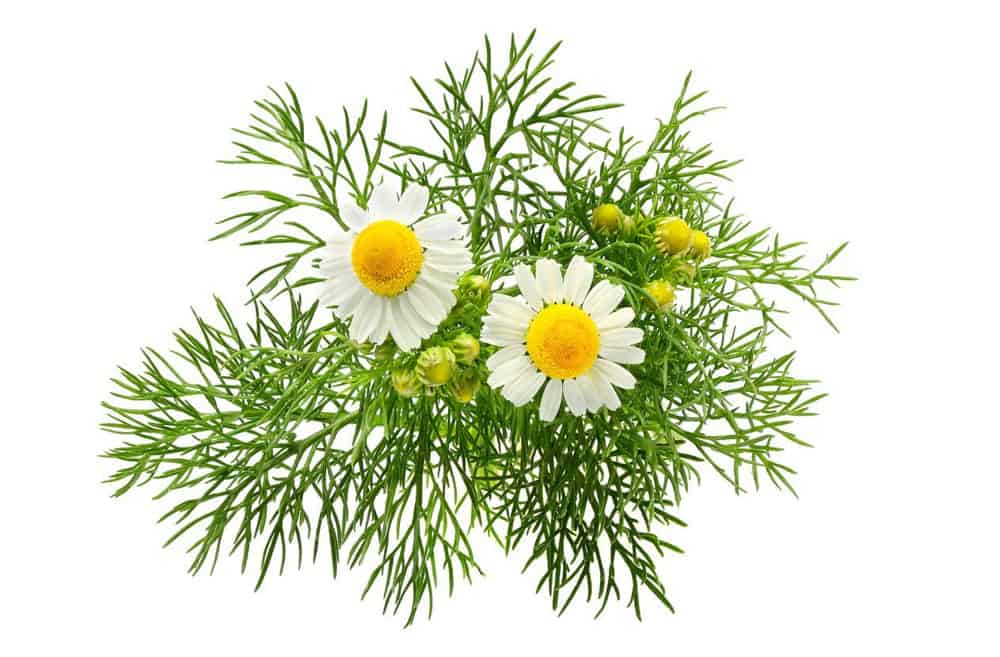Dill (Anethum graveolens) is an annual herb in the celery family Apiaceae. Dill is a spice and medicinal plant that is widely used in Asia and the Mediterranean region.
Not only rich in vitamin A and vitamin C, but dill also contains many other important vitamins, which help prevent and reduce inflammation and pain. In addition, dill also has some components that can help fight cancer and other dangerous diseases.
So many gardeners love to grow dill in the garden and use them as a spice in every daily meal. However, dill is very easily confused with some garden grasses, so if you want to get dill seeds for the upcoming crop, you should look out for these 5 weeds that look like dill to get rid of them.

5 Types Of Weeds That Look Like Dill – It Is Very Easy To Distinguish
As you know, dill is also an herb that has the same growth and appearance properties as the ubiquitous weeds. So they are often mixed with these grasses in the garden.
In particular, some grasses like dill are toxic and seriously affect the health of humans and animals. Some grasses that are very similar to dills such as Dogfennel, Salem Rosemary, Roman chamomile, Absinth Wormwood, and Fennel. Let’s find out the basic differences between them.
1. Foeniculum Vulgare (Fennel)

One of the grasses that you can most easily confuse with dill is Foeniculum vulgare. They are commonly known for two main types, natural herbs, and vegetable-like ones.
Both types of Foeniculum vulgare are similar in appearance and characteristics to dill. They also have clusters of small yellow flowers that appear in late summer.
They all have the aroma of licorice and star anise, so this plant has also become a favorite spice in everyday dishes. In particular, the stem, leaves, and seeds of this plant are all used as spices or to treat common ailments.
Foeniculum vulgare can grow vigorously from seeds while they are dispersed everywhere by the wind. This plant prefers moist soil and an area that gets a lot of sun every day.
2. Eupatorium Capillifolium (Dogfennel)

Eupatorium capillifolium (Dogfennel) is a species of plant in the Asteraceae family, herbaceous perennials. The plant has tiny, hairy leaves that resemble the leaves of dill if you just glance at it.
The leaves of Dogfennel also have a very pleasant aroma like the leaves of dill, but they contain pyrrolizidine alkaloids, which are toxic to birds and mammals if ingested. Therefore, you must be careful to remove them from the garden to avoid harming the pets.
Dogfennel plants have a very rapid rate of reproduction and grow in all soils and climates due to the dispersal of seeds in the wind. They can grow quickly and take up the space of other plants in your garden.
Therefore, one of the most effective ways to kill this weed is to uproot it or use herbicides to destroy them in a large space. After uprooting, you should dry them and burn them to avoid the remaining sprouts that will stick to the soil and grow again.
3. Salem Rosemary

One of the flavorful plants that many people confuse with dill is Salem rosemary. Rosemary Salem is an herb in the Lamiaceae family with the scientific name Rosmarinus officinalis.
This Salem rosemary is usually about 30 inches tall, has pointed leaves, and blue flowers, and usually appears in spring.
Rosemary Salem is used as a popular spice in many dishes such as bread, cakes, soups, stews, salads… Because of this popularity, many people often confuse them with dill.
However, they still have some distinct differences as the leaves of rosemary will be thicker and larger than the leaves of dill. Besides, they have blue flowers instead of yellow or dill flowers.
Both rosemary and dill bring delicious and attractive spices to every daily meal, so you don’t need to discard them if you come across this plant in your garden.
4. Roman Chamomile

Chamomile belongs to the family Compositae with the scientific name Chamaemelum mobile. This plant is herbaceous, perennial, and can grow to 25-30cm.
You can easily mistake this plant for dill when they are young because their leaves are also thin, long, and have a mild fragrance. The biggest difference you can notice is when they have matured and flowered.
Their flowers look like chrysanthemums, with white petals interwoven around yellow stigmas. These flowers are also favored for their pleasant aroma and have many uses in the treatment of ailments such as vomiting, loss of appetite, flatulence, and other digestive disorders.
Especially the flowers of this grass smell like apples and bring a beautiful space to your garden. So you don’t have to get rid of them like other weeds.
Chamomile plants prefer to be grown on dry soil, they are often found in dry fields. Therefore, chamomile plants have good drought and heat tolerance so they do not need frequent watering and care.
5. Absinth Wormwood (Artemisia Absinthium)

Absinth Wormwood is also known scientifically as Artemisia absinthium. This plant is often clustered, annual, semi-woody, or herbaceous.
When this plant is young, it looks quite similar to dill, the leaves are clustered, and the leaves are small and pointed. However, when the plants reach about 30-50 inches in height, their leaves are hairy but segmented.
Their flowers are pale yellow and tubular, usually appearing in early summer through fall. This plant is widely used to make Absinthe wine and some drinks such as Bask, Vermouth, wine…
One of the characteristics of this plant is that its flavor is well suited to beverages. So, if they grow in your garden, try mixing them into drinks for a new taste.
Read more: Top 5 Weeds That Look Like Dandelions: Distinguish And Eliminate
Summary
Dill is an herb that is used as a spice in many family meals. Its mild and characteristic aroma has become an indispensable part of soups, fish, meat, or salads.
However, dill is also often confused with some other garden grasses such as Dogfennel, Salem Rosemary, Roman chamomile, Absinth Wormwood, and Fennel. In particular, Dogfennel is a grass containing a poison that is toxic to mammals and birds when it causes liver failure for these animals.
Therefore, you need to carefully observe as well as remove unknown weeds in the garden because they can grow wild and harm the health of people and pets.